2.01.2022

This year marks 75 years of flight research at NASA’s Armstrong Flight Research Center in Edwards, California and 2021 adds to those achievements. 2021 continued to be challenging while working in a mostly virtual environment, but progress was surely made.
NASA’s next supersonic X-plane, the X-59, is taking shape for upcoming flights; NASA’s first all-electric X-plane, the X-57, completed ground testing to prepare for flights; several Earth science missions were completed around the globe; and many other goals were met to prepare NASA Armstrong for a successful 2022 and beyond.

Armstrong Celebrates 75 Years
NASA Armstrong began celebrating its 75th anniversary Sept. 30, the day that 13 National Advisory Committee for Aeronautics employees established a unit here in 1946 to support the X-1 and the quest to break the sound barrier.
As part of the celebration, a time capsule prepared in 1996 was opened Oct. 13 and the capsule items were unloaded. NASA Administrator Bill Nelson, NASA Deputy Administrator Pam Melroy, NASA Armstrong Center Director David McBride, and Deputy Director Pat Stoliker reviewed the treasurers. Andy Blua and Don Whitfield, who helped build the time capsule and still work at the center, were invited to watch as the artifacts they helped safely store were unpacked.
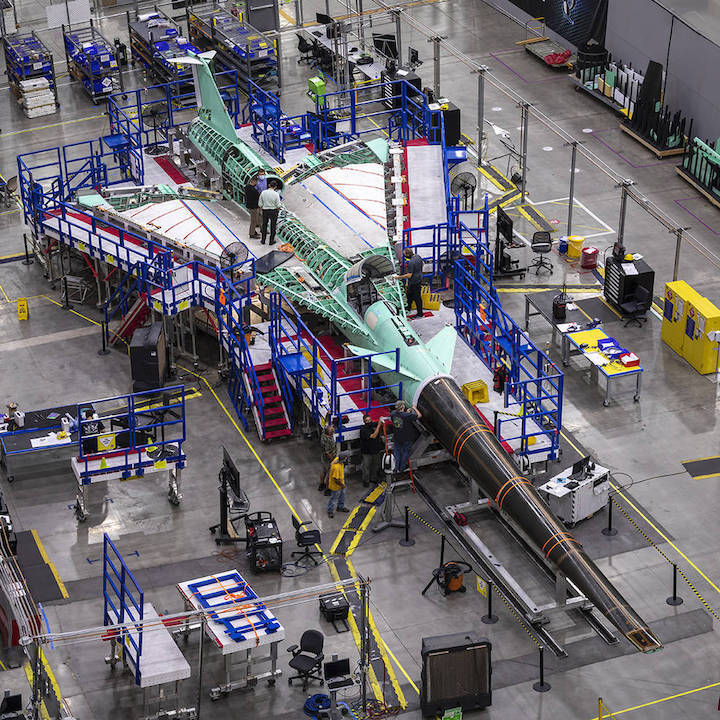
X-59
The X-59 Quiet SuperSonic Technology accomplished major milestones in 2021 that gained national attention and positioned the Low-Boom Flight Demonstration mission for a promising 2022. As the X-59 took shape in 2021, teams at NASA Armstrong prepared the X-plane’s future hangar, while hardware and techniques for the X-plane’s future acoustic validation research were advanced inflight. A contract was also awarded to handle the cutting-edge ground recording system that will measure the unique quiet thumps heard on the ground as the X-59 passes at supersonic speeds overhead. The aircraft, overcoming great challenges related to the pandemic, completed its initial assembly, and was shipped to Fort Worth, Texas for its first ground tests.
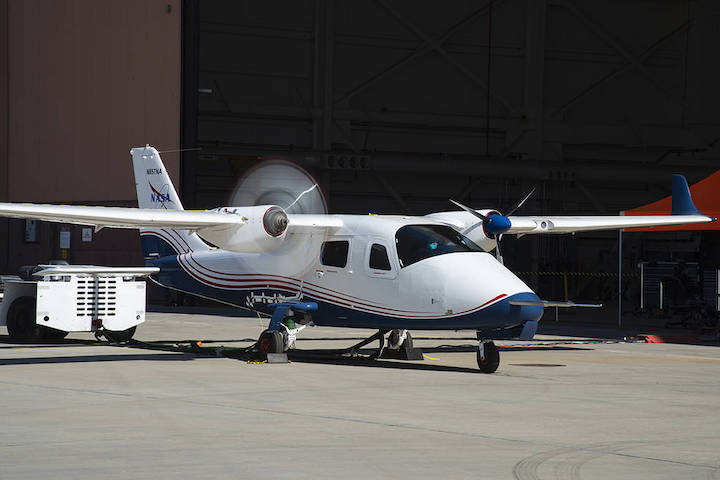
X-57
High-voltage ground testing took place on NASA’s first all-electric X-plane, the X-57 Maxwell. The X-57, which is in its first configuration called Mod II, drew power from a large, off-aircraft high-voltage power supply for these tests at NASA Armstrong. A highlight from high-voltage testing included the spinning of the propellers for the first time under electric power. Though the propellers had previously spun during the X-57’s initial build phase conducted by the small business prime contractor Empirical Systems Aerospace, Inc. at Scaled Composites in Mojave, it is now up to NASA engineers to advance the system and use lessons learned from previous tests. The X-57 team continues to prepare the aircraft for the first flight in the Mod II configuration in the spring.
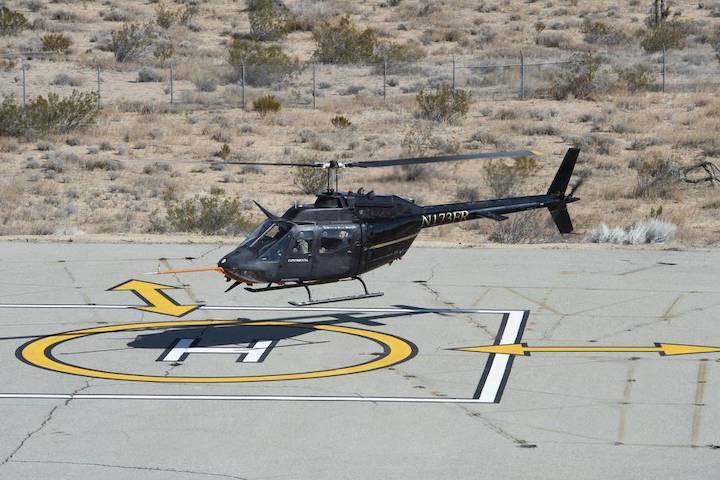
Advanced Air Mobility National Campaign
NASA’s Advanced Air Mobility National Campaign crossed through several barriers this year in the pursuit of integrating electric vertical takeoff and landing or eVTOL aircraft into the National Airspace System or NAS. The team opened solicitations for new industry partners to join the National Campaign and completed signings. Joby’s eVTOL was flown in several flight scenarios including flights to test the noise of the aircraft. The team also flew an OH-58 helicopter like a surrogate urban air mobility vehicle to prepare for the Joby flight and others. Projects and sub-projects under the Advanced Air Mobility Mission are all working towards the common goal of researching what it will take to integrate these vehicles into the NAS.
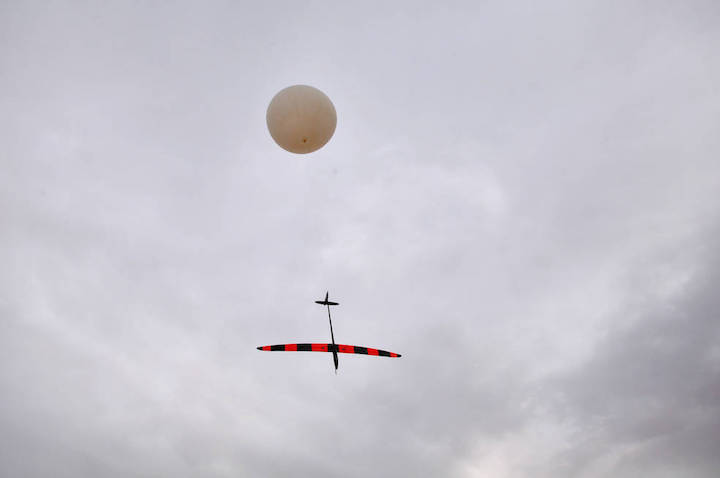
Flight Opportunities
Video capture during future lunar landings could play an important role in contributing to researchers’ understanding of disturbances in lunar surface materials – called regolith – caused by the lander’s rocket plume. The desert environment of Mojave, California, provided a stand-in for the surface of the Moon, and the Xodiac vertical takeoff vertical landing (VTVL) platform from Masten Space Systems was the test vehicle. Another highlight for Flight Opportunities took place between June 1 and 6 when Stratodynamics Inc. of Lewes, Delaware, launched its HiDRON stratospheric glider from a high-altitude balloon at Spaceport America in New Mexico carrying technology supported by NASA’s Flight Opportunities program for the first time.
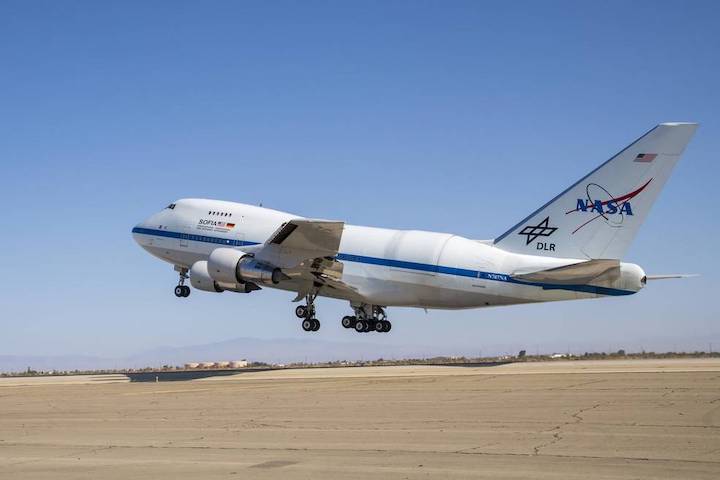
Stratospheric Observatory for Infrared Astronomy (SOFIA)
In July, NASA’s Stratospheric Observatory for Infrared Astronomy deployed to Tahiti, French Polynesia to study celestial objects best observed from the Southern Hemisphere. The team completed 13 successful flights before returning early due to updated COVID-19 precautions. For the first time since 2008, SOFIA’s upper rigid door was removed during its annual maintenance period. The upper rigid door is one of the key aspects of SOFIA that allows the observatory to operate. As the largest airborne observatory in the world, SOFIA allows scientists to study observations that are not visible from telescopes on the ground.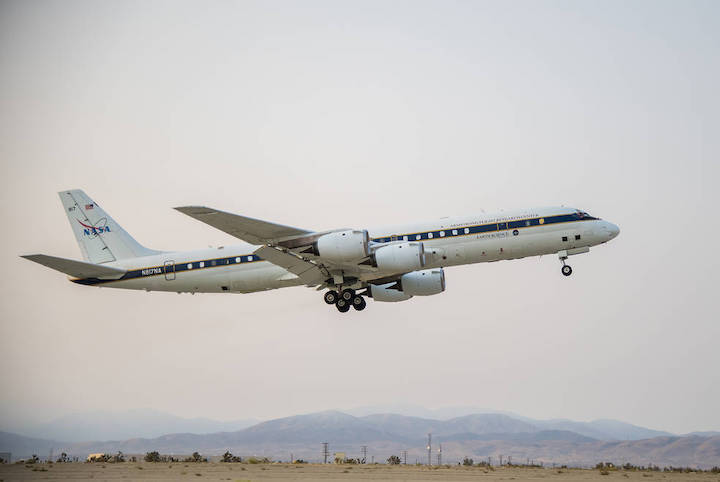
DC-8
In August, NASA’s DC-8 deployed to St. Croix in the U.S. Virgin Islands after more than six months of maintenance. The DC-8 flew in support of the Convective Processes Experiment – Aerosols and Winds campaign, CPEX-AW, which aims to gather critical data about tropical convection processes. The DC-8 flying laboratory is used to collect data for experiments in support of projects that serve the world's scientific community.
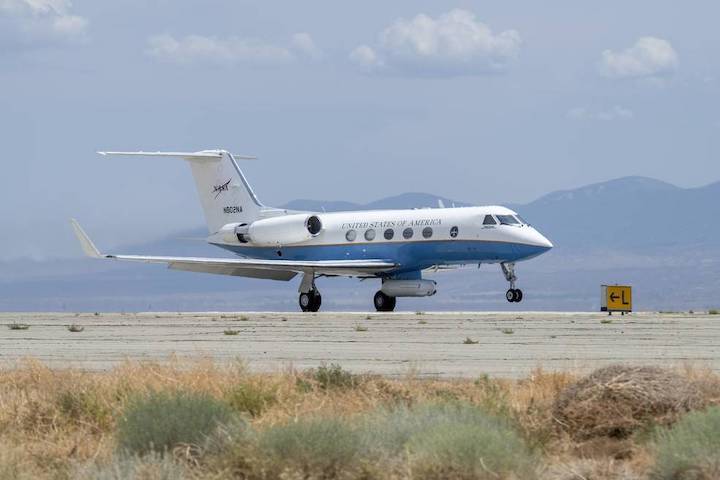
C-20A
The C-20A flew various science flights using the Uninhabited Aerial Vehicle Synthetic Aperture Radar (UAVSAR) to gather data on the Earth’s surface. Beginning in August, the C-20 flew in support of the Delta-X campaign to gather data on deltas and wetlands. The C-20A aircraft provides long-term capability to efficiently conduct airborne environmental science missions.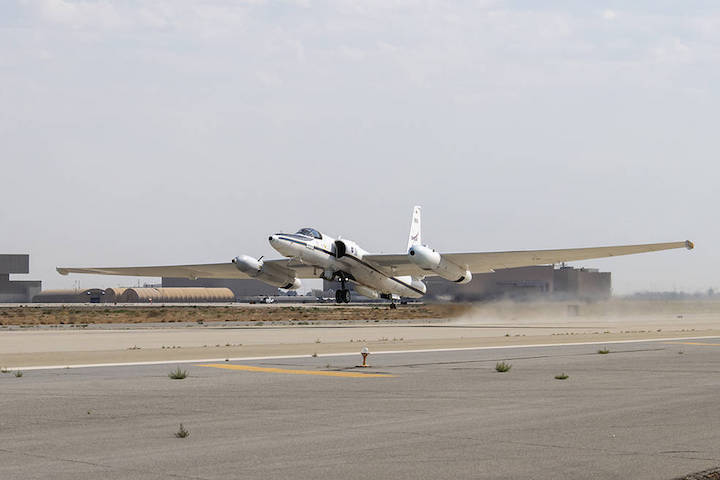
ER-2 High Altitude Aircraft
One of NASA’s ER-2s, deployed to Salina, Kansas for the Dynamics and Chemistry of the Summer Stratosphere (DCOTSS) project to study intense summer thunderstorms over the central United States. The ER-2 flew as high as 70,000 feet to collect atmospheric chemistry samples to understand how dynamic and chemical processes interact and how that composition may change in response to ongoing changes in the climate system. Both of NASA’s ER-2 aircraft are used in support of Earth science missions to fly at high-altitudes into the lower stratosphere.
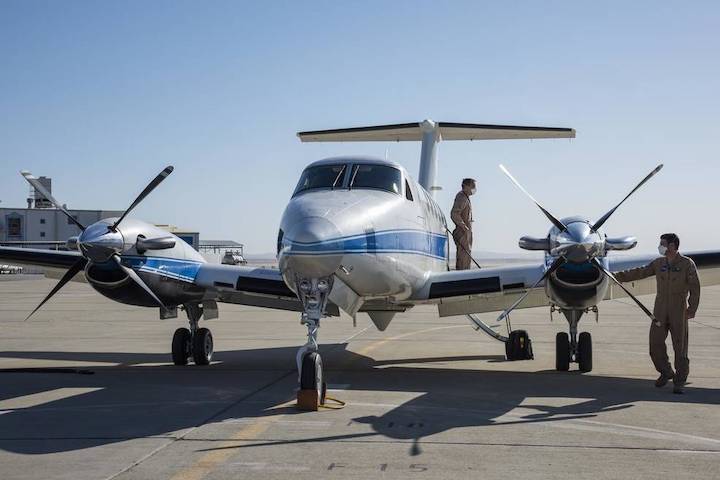
B-200 King Air
In May, the B-200 King Air flew in support of the Sub-Mesoscale Ocean Dynamics Experiment (S-MODE) mission to study the role of small-scale whirlpools and ocean currents in climate change before beginning the full-fledged campaign in October. A total of 12 successful flights were performed in support of S-MODE during the October campaign. 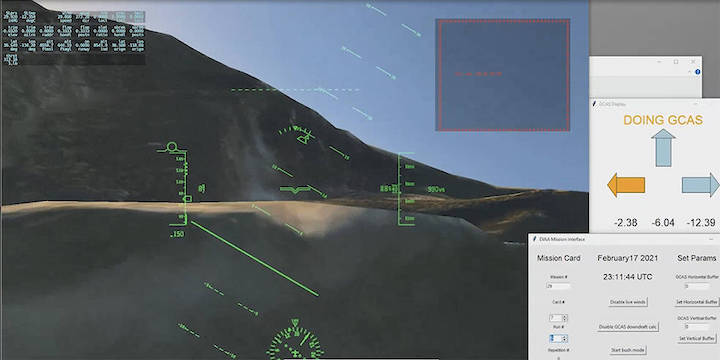
Resilient Autonomy
Resilient Autonomy ended in September, but accomplished several goals in 2021. The team worked with the Federal Aviation Administration (FAA) and the U.S. Department of Defense (DoD), to create new autonomous aircraft technology called EVAA or Expandable Variable Autonomy Architecture. EVAA could help prevent accidents in retrofit general aviation aircraft and future autonomous aircraft. The DoD, the FAA and other groups such as the Alaska bush pilot community are looking into how this software could be integrated into a variety of aircraft. The EVAA software is now managed under the NASA Armstrong Center Technology Transfer office.
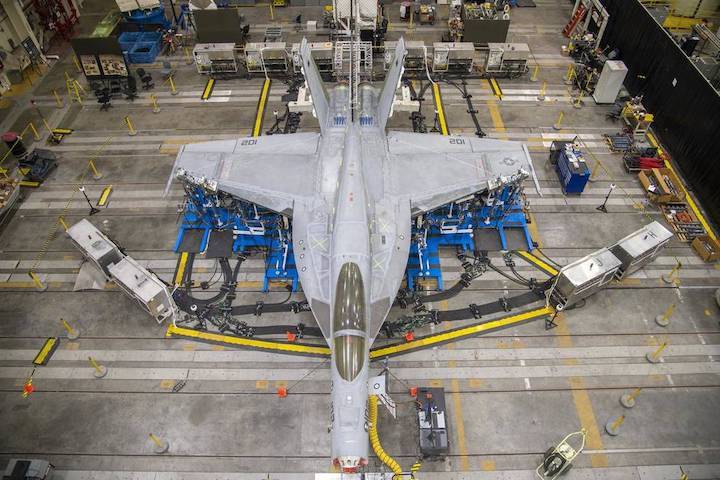
Flight Loads Lab and F/A-18
NASA Armstrong’s Flight Loads Laboratory is working on one of its biggest load calibrations tests on an F/A-18E Super Hornet from the Naval Air Systems Command (NAVAIR) in Patuxent River, Maryland. This testing is needed before the aircraft can serve as a test vehicle for determining its ability to safely manage maneuvers and proposed upgrades. The horizontal tail spindle testing, the first of three phases, wrapped up in October. The next phase focuses on wing loads testing.
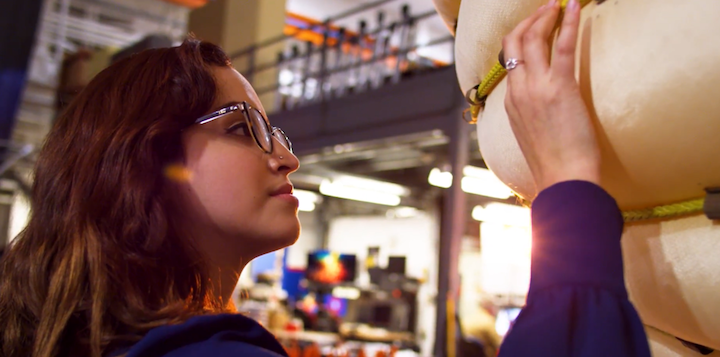
NASA STEM
Most of NASA Armstrong’s Office of STEM Engagement activities took place in a virtual environment in 2021, but the activities still made large impacts. Through the Minority University Research and Education Project’s Institutional Research Opportunity (MIRO), students attending Minority Serving Institutions (MSIs) studied the potential space applications of carbon nanotubes. Three interns funded through Space Grantworked on Armstrong projects such as Preliminary Research Aerodynamic Design to Land on Mars (Prandtl-M) and the Revolutionary Vertical Lift Technology (RVLT) project. One Armstrong intern team even worked on the Greater Heights Project – a virtual reality experience allowing people to “fly” the X-15 rocket plane. Armstrong’s Office of STEM Engagement continually collaborates with the regional STEM community to support education programs that are designed to foster the growth of a diverse STEM workforce.
NASA at Home
If you are still primarily at home because of the pandemic, or want a fun activity to do on holiday break, the NASA at Home page provides lots of options like podcasts, videos, virtual tours and more. Visit the Aero at Home page for hands-on aeronautics activities, videos and more, many that relate directly to Armstrong.
Quelle: NASA

